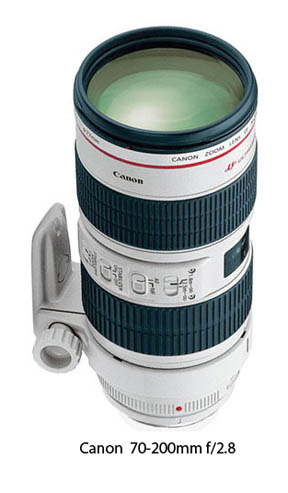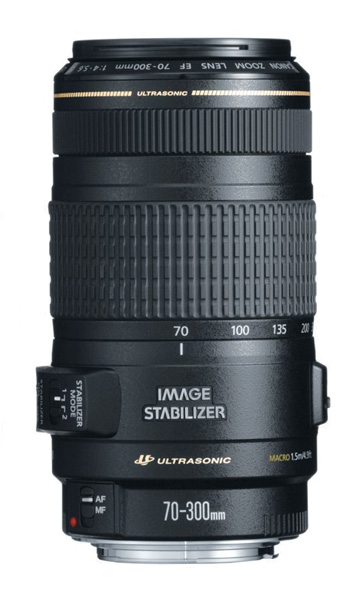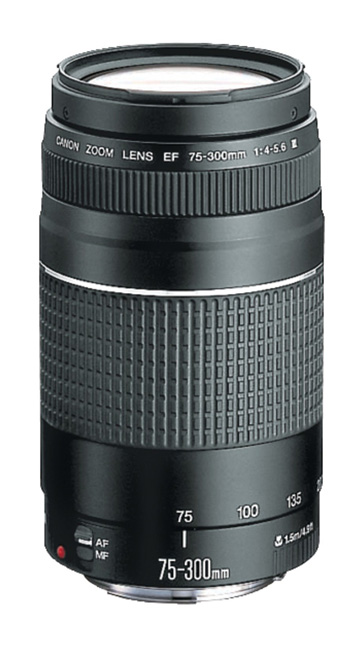Canon Camera Lenses
UpDated Description and List of Canon Lenses
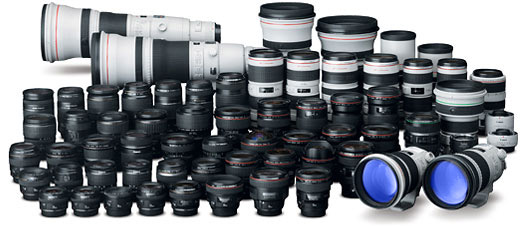 Large Collection of Canon Camera Lenses
Large Collection of Canon Camera LensesCanon camera lenses are as diverse as you can imagine. No matter what your situation, you can find the right type of lens. This post is on overall guide to the Canon lens lineup with links to many of the specific lenses.
Scroll down the page to see all of the Canon lenses you can possibly enjoy using.
Canon Camera Lens lineup
Canon Camera Lens ARTICLES
canon ultra wide lenses
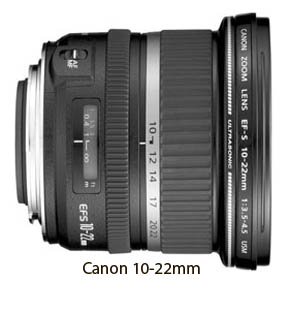
You can start with a peak at the Ultra Wide Zoom lenses such as the EF-S 10-18mm, EF 8-15mm fisheye, 16-35mm or the Canon 17-40mm.
All of these lenses are part of the Canon EOS system. Ultra wide zoom lenses give you tremendous depth of field and an ability to include a lot of subject in your composition.
The Non-zooming Wide Angle lenses are perhaps the least utilized. Many beginner Canon users mistakenly think they can get the exact same results by using a standard zoom. Non-zooming. "prime" lenses aren't as versatile as zooming lenses, but you get the best quality images possible with prime lenses. Here's the updated article on prime lenses.
You can get them in fixed focal lengths of 14, 15, 20, 24, 28 and 35mm. Several of these also have choices of different maximum f-stop lens openings.
canon standard zoom lens
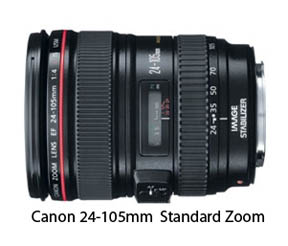
The Standard Zoom lens category has probably the most offerings and are by far the most popular.
These range from wide-angle-to-normal and wide-angle-to-telephoto capabilities.
The lens that many advanced Canon photographers consider to be the best single lens to get is the standard zoom: Canon 24-105 Lens. It works on both full-frame cameras and APS-C cameras-although its wide angle setting is somewhat limited because of the crop factor.
If you are on a stricter budget, the Canon 28-135 lens could be considered as the best lens choice. Consumers like these because they can adequately handle most photography situations without having to change lenses.
The standard Canon standard, non-zooming lenses can actually improve your photography technique. These prime lenses force you into trying different camera positions and distances from your subject. You'll tent to get more photos with different perspectives this way.
canon telephoto zoom lens
Using just a standard Canon lens may seem limiting at first.
What can be good is it forces you to take a different approach to getting creative photograph. You may have to pay more attention to perspective and composition.
Canon Telephoto Zoom Lenses help you to photograph details that a normal perspective would miss. This is a photo of the Canon 70-200 f2.8 lens on the right.
It's lighter, smaller sister is the Canon 70-200 f4. These are great for portraits, sports and nature photography. These Canon lenses have focal lengths ranging from 28-300mm, 55-250mm, 70-200mm, 70-300mm, 75-300mm, 100-400mm.
If you are looking for the Canon lens reviews with the specific technical specifications and scientific graphs and charts, you have come to the wrong place.
What I do is provide practical comparisons and opinions. I read all the technical stuff for you, chew it up, digest it and give you what matters. I gather my information from several online sources and combine my experiences and observations from many years of using photography equipment.
These are just my personal opinions. As human beings, we all have a unique perspective and different preferences.
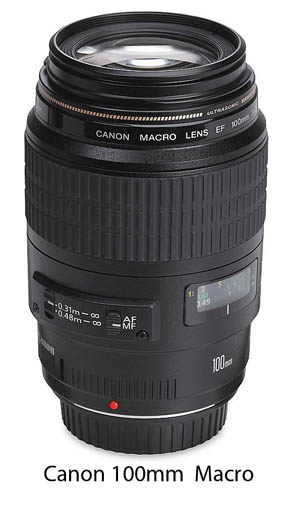
Canon macro lenses bring a whole new universe to photograph. Details unseen to the naked eye.
True macro lenses are far superior for close-up photography than "macro-focusing" Lenses.
So there are many choices for macro lenses. Here's a post covering more on the topic of which is the best Macro Lens For Canon?
Insects and flowers are the two most popular macro photography subjects seek out, but you're missing out on a lot of fun photography if you limit your subjects to insects and flowers when you're shooting close ups.
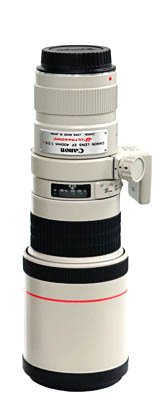
The Canon 400 f5.6 L lens does not get much fanfare. It is one of those "oldie by goodie" lenses.
Prime lenses are not as mainstream as zoom lenses, but I love mine in certain situations.
This is a very affordable way to enter into wildlife and sports photography with outstanding quality at an affordable price.
Some of the sources I use are huge web sites filled with test data from professional lens testers and reviewers.
I also heavily rely on camera lens reviews from consumers who have actually purchased and used the lenses. I read a lot of reviews on Canon camera lenses and assimilate the information.
This collaboration of information is then presented to you in my own unique style. I also must confess that I am a big fan of Amazon. Amazon isn't perfect, but nobody is. According to research Amazon is the world leader in customer satisfaction and customer service.
For more information on the different types of Canon lenses:
- Best Canon Zoom Lens. Which is the best one?
- Best Canon Portrait Lens. My first true portrait lens that I purchased was the Canon 85mm f-1.8.
- Facts About Defects in Camera Lenses. Canon lenses and non-Canon lenses.
Have a blast. Keep shooting your Canon!

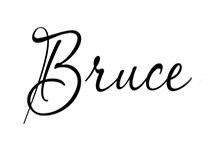
Bruce Lovelace is the publisher of Canon Camera Geek. Read more about him on the About Page. He also publishes how to articles and camera gear reviews at the Photography Tips website.
View some of Bruce's photos on Instagram and Flickr. Join the tribe of followers on YouTube. Bruce also runs photo workshops and provides 1 on 1 digital photography coaching.
Search for articles on this Site:
Recent Articles
-
Is the Canon G1X Mark II Sensor Still Good in 2026?-Specs & Real Value
Dec 22, 25 12:36 PM
Size matters. The big difference in this high-end point and shoot is the Canon G1X Mark II Sensor -
Canon 16-35mm f4 Sample Images. The Canon 16-35 Lens Sharpness Test
Dec 22, 25 10:51 AM
Canon 16-35mm f/4L IS Real-World Sample Images & Sharpness Review -
Choose the Right Memory Card for Your Canon R6 Mark II: Speed And Size
Nov 05, 25 02:04 PM
R6 Mark II Memory Card -
Canon G1x Mark II vs G1X-Side By Side Comparison of Canon G1X Cameras
Oct 22, 25 08:35 AM
G1 X Mark II vs. G1 X: Is the New Version a HUGE Leap... Or a Massive Mistake? Canon responded to the criticisms of the original G1X. Canon G1X Mark II vs G1X -
Sony RX100 III vs G1x Mark II by Canon. Side by Side Comparison
Oct 22, 25 08:07 AM
It's another one of those epic camera battles, this time not the Canon vs Nikon but rather the RX100 III Vs G1X Mark II battle. -
Canon R6 Mark II FAQ. Answers To All of Your Canon R6 M2 Questions
Sep 01, 25 07:51 AM
There's a lot you can easily learn about Canon's mirrorless R6 Mark II camera. Get your questions answered in this R6 Mark II FAQ
